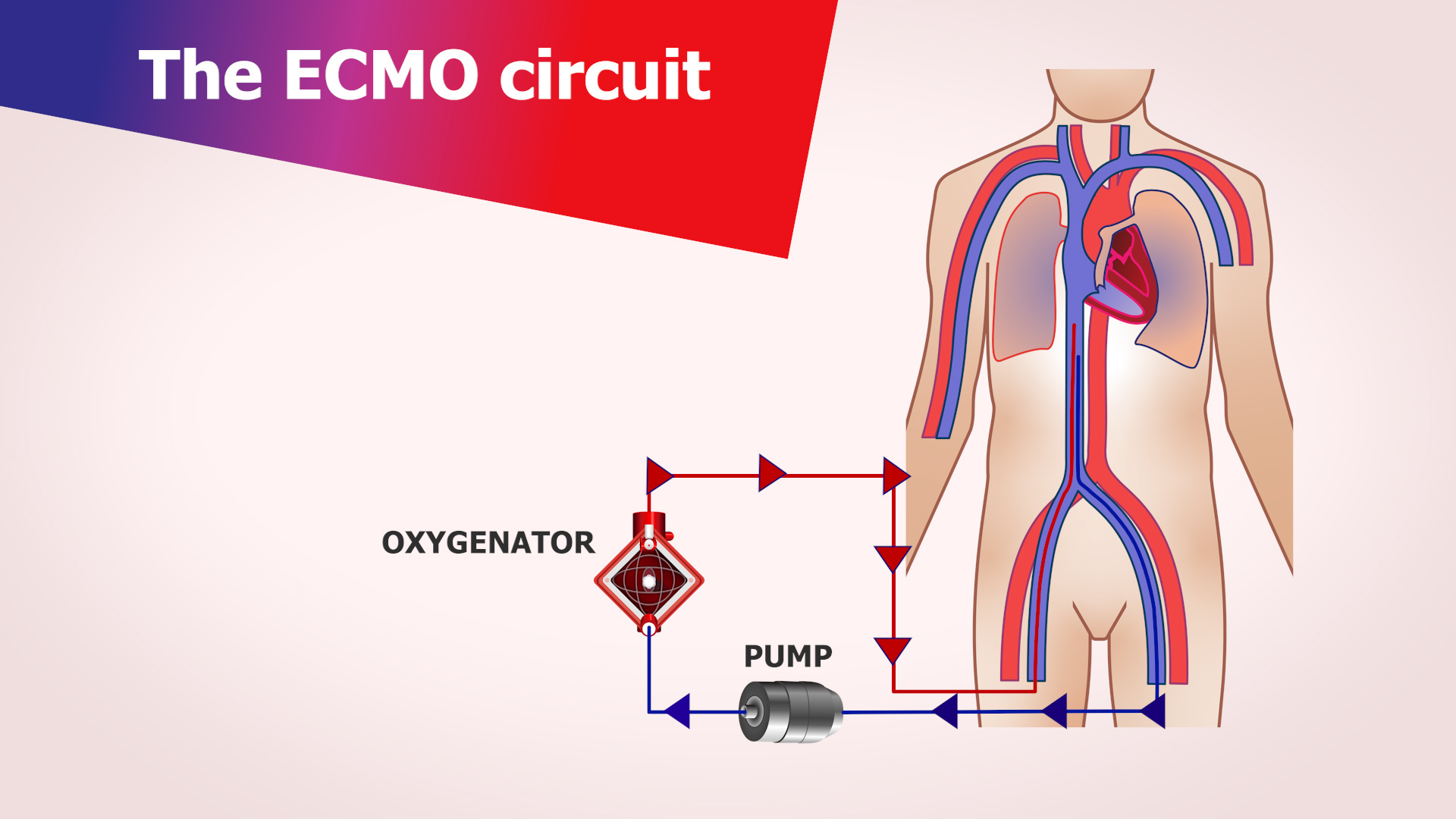The Mode of ECMO is defined by where ECMO circuit blood is drained from the patient, where it is returned to, and the resulting physiological effects.

The selection of the mode of support is based on the physiological needs of the patient.
ECMO Configuration refers to the manner in which a particular mode is employed. Any mode of ECMO may be applied to a patient in different ways (different cannula types, different cannula tip positions and different insertion sites) but all share common physiological effects.
See configurations and nomenclature sections. ECMO.icu
Hybrid ECMO modes: These modes of physiological support are more complex than the 3 previously described modes, as they employ more than one site of access, or, more than one site of return. Blood may be accessed from more than one part of the circulation and blood may be returned to more than one region and hence provide more than one form of physiological support. An example of hybrid ECMO support is the veno-veno + arterial ECMO. In this hybrid mode, blood is accessed from the venous system and returned to both the venous system AND the arterial system. It provides significant respiratory and cardiac support.
Short Term Mechanical Cardiac Support Modes: These modes of support are different to ECMO modes because, while they share many features with an ECMO circuit and employ a blood pump, they do not have oxygenators in the circuit. These modes provide blood pumping for failing ventricles by accessing blood before the ventricle and returning it to arteries after the ventricle. Three short-term mechanical cardiac support modes are: right ventricular assist device – RVAD; left ventricular assist device (LVAD) or both (BiVAD).
